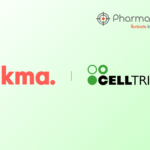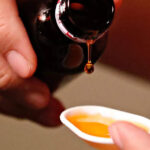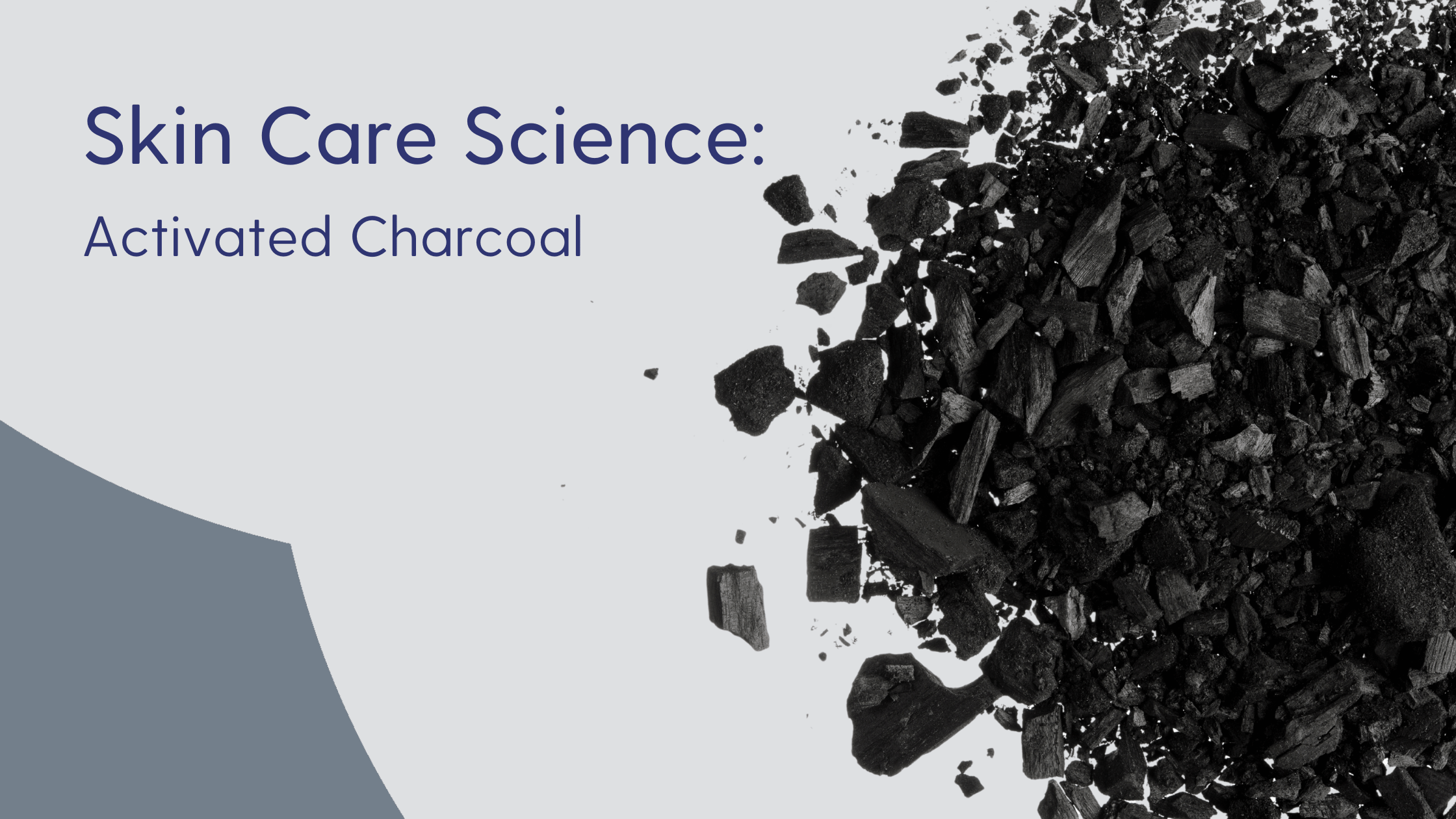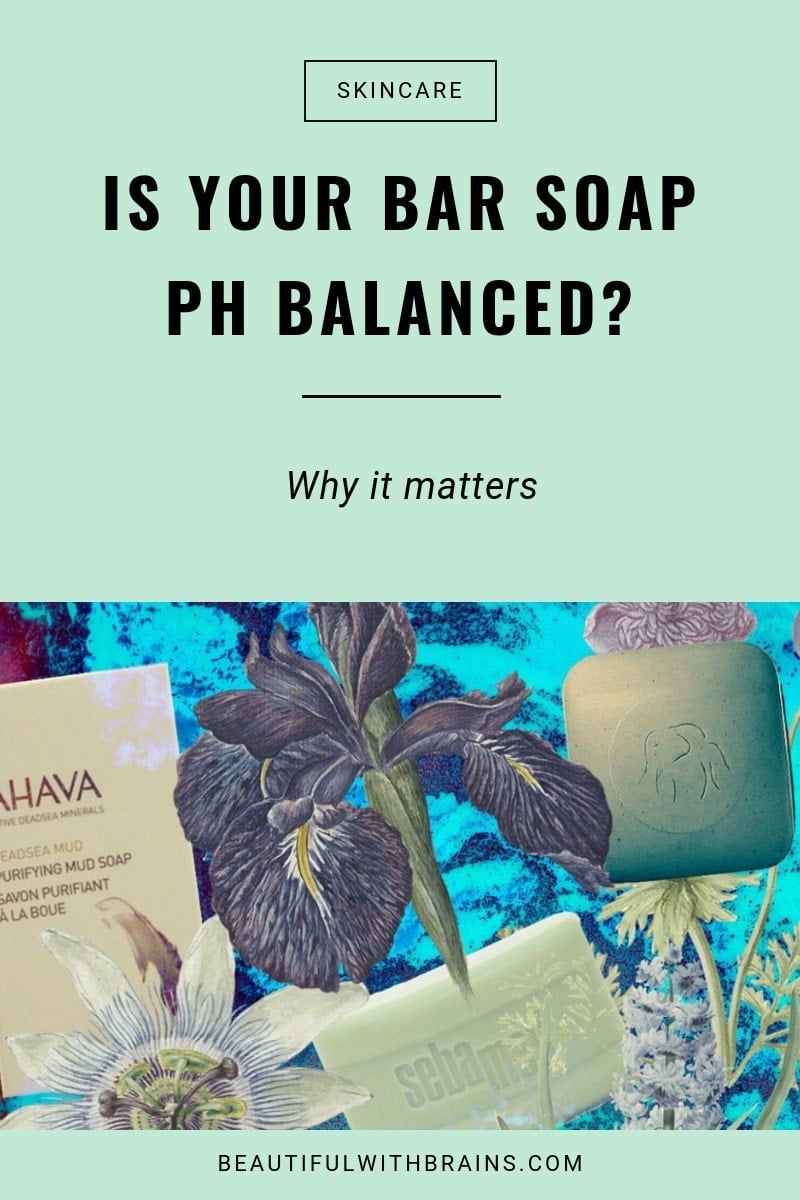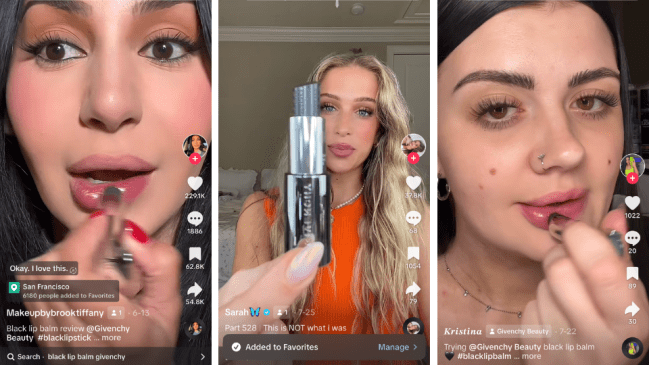🔄
Found in everything from face masks to cleansers and even soaps, activated charcoal has become a trending skin care ingredient in recent years. Known for its absorption and detoxification properties, activated charcoal is often used in skin care to clear pores and reduce oil on the skin. Some studies also suggest that activated charcoal might also help to enhance the effects of other therapeutic skin care ingredients (3).
Here, we take a look at the science behind how activated charcoal is used in skin care and discuss which skin types it could be best for.
Porous texture with large surface area
Absorbs oil, dirt, and other impurities
May increase the effectiveness of skin-brightening and wound-healing ingredients

What Is Activated Charcoal?
Also called activated carbon, activated charcoal is a black, odorless powder that is made from carbon-rich materials like wood, coconut shells, or coal. These materials are heated to very high temperatures in the presence of certain gases, such as oxygen and carbon dioxide, in order to create many tiny pockets of space, or pores, within the final product. These pores are what give activated charcoal its detoxifying property, as they are able to trap chemicals and impurities inside.
It is important to note that activated charcoal is not the same as the charcoal that is used for grilling. Regular charcoal briquettes for grilling have not been activated or purified with high heat and also often contain chemicals to aid in ignition. So you should never use regular non-activated charcoal for skin care or medicinal purposes.

How Does Activated Charcoal Work?
Because of how porous its structure is, activated charcoal also has a very large surface area – just one gram has a surface area of over 32,000 square feet (4). These qualities, together with its negative charge, allow activated charcoal to act like a sponge and bind to and absorb a large amount of impurities from the skin. This can include excess oil, dirt, dead skin cells, and environmental pollutants.
Some studies also suggest that when combined with other ingredients such as silver , activated charcoal may aid in wound healing by drawing out dirt, toxins, and potentially bacteria (5,6). However, more research is needed to confirm whether or not activated charcoal is able to effectively remove bacteria and other organisms from the skin.

Benefits of Activated Charcoal for Skin
As noted above, activated charcoal may provide several benefits to the skin. Its most notable benefits include:
- Controlling excess sebum, or oil. Many of the studies that exist on the effects of activated charcoal on skin point to its ability to reduce sebum levels on the skin, thanks to its porous texture and large surface area (7,8).
- Deeply cleansing. Because of its ability to attract and absorb oil, dirt, pollutants, and other impurities from the skin, activated charcoal can have a deeply cleansing effect on the skin and may help to unclog pores (7).
- May reduce acne. By removing excess oil and helping to keep pores clear, activated charcoal may help to reduce or prevent acne breakouts (9,10). However, while there are promising studies supporting this claim, there is still limited clinical evidence and more research is needed.
- Exfoliating. The porous texture of activated charcoal gives it natural exfoliating properties. However, if you have very sensitive skin or conditions like rosacea or eczema, use caution when using any exfoliants, as they can irritate and damage already weakened skin.
- Increasing the effectiveness of other ingredients. Some studies have found that adding activated charcoal to certain skin care formulations, particularly those aimed at brightening the skin (3) and promoting wound healing (5,6), may increase the efficacy of other ingredients.

Activated Charcoal Side Effects & Safety
According to the Environmental Working Group, activated charcoal has a very strong safety profile and is listed as a 1 on a 1–10 scale for cancer risk, allergies, reproductive toxicity, and use restrictions.
The Cosmetic Ingredient Review Board (CIR) has also determined that activated charcoal is safe for use in skin care.
Activated charcoal is also used orally, primarily for poisoning, though there are other less researched uses. While activated charcoal taken orally in the short-term is generally considered safe, talk to your doctor before using, as it can come with side effects like constipation, nausea, and GI blockages.
Skin Care Products with Activated Charcoal
Activated charcoal is most commonly found in facial masks, though it can also be found in a variety of skin care and cosmetic products. A few examples include:
Bottom Line
Activated charcoal is best known for its ability to absorb excess oil and impurities from the skin, making it a popular ingredient for oily and acne-prone skin types. While this ingredient is generally well-tolerated by most skin types, make sure the products as a whole are right for your skin type. Those with sensitive skin or conditions like rosacea may find even the light exfoliating properties of activated charcoal too irritating.
Does activated charcoal clog pores?
No, activated charcoal does not typically clog pores. In fact, it is often used to remove dirt, oil, and other debris from pores.
How long should you leave activated charcoal on skin?
If you are using a face mask with activated charcoal, do not leave it on your skin for more than 10 to 15 minutes. If your skin starts to burn or sting, remove the mask immediately.
Is activated charcoal antifungal?
Some small studies have found that activated charcoal may help to prevent the growth of certain fungi, although there is limited clinical evidence to support this.
Best References and Scientific Publications on Activated Charcoal
- Baumann L. Baumann’s Cosmetic Dermatology Ed 3. (McGraw Hill 2022)
- Baumann, L. Cosmeceuticals and Cosmetic Ingredients (McGraw Hill 2015)
- Pan, X., Su, X., Hua, S. et al. Activated carbon as a catalyst to promote the reactivity of hydroquinone in skin whitening cosmetics. J Porous Mater 32, 373–398 (2025). https://doi.org/10.1007/s10934-024-01720-7 .
- Chalmpes N, Ochonma P, Tantis I, Alsmaeil AW, Assafa TE, Tathacharya M, Srivastava M, Gadikota G, Bourlinos AB, Steriotis T, Giannelis EP (2024-12-10). “Ultrahigh Surface Area Nanoporous Carbons Synthesized via Hypergolic and Activation Reactions for Enhanced CO2 Capacity and Volumetric Energy Density”. ACS Nano. 18 (49): 33491–33504. doi:10.1021/acsnano.4c10531. ISSN 1936-0851. PMID 39576877.
- Osmokrović, A., Jančić, I., Janković-Častvan, I., Milenković, M., & Obradović, B. (2024). Development of alginate/activated-charcoal platform for topical treatment of resistant pathogens in chronic wounds. In Book of Abstracts/XIII Congress of Microbiologists of Serbia-Mikromed regio 5: From Biotechnology to Human and Planetary Health, 4th-6th of April, 2024, Belgrade, Serbia (p. 183). Belgrade: Serbian Society for Microbiology.
- Verd Soriano, J., Rueda Lpez, J., Martnez Cuervo, F., & Soldevilla Agreda, J. (2004). Effects of an activated charcoal silver dressing on chronic wounds with no clinical signs of infection. Journal of wound care, 13(10), 419-423.
- Syarif, F. H., Alma’sum, N. R., Saputra, R. P., Ratiani, S. I., & Rizkita, A. D. (2023, April). Review of Green Synthesis:” Activated Charcoal” to Reduce Sebum Levels in Oily Facial Skin. In Proceeding International Conference on Religion, Science and Education (Vol. 2, pp. 605-609).
- Budiman, I., Amirta, R., Yuliansyah, Widyaningrum, B. A., & Fatriasari, W. (2024). Activated Carbon for Cosmetics Applications. Biomass-based Cosmetics: Research Trends and Future Outlook, 217-237.
- Utari, F. D., Hilaliyati, N., & Afriani, T. (2024). Evaluation and Antibacterial Activity Test of Peel-off Mask Preparation from Combination of Pegagan Leaves (Centella asiatica (L) Urb.) and Charcoal Powder. Biology, Medicine, & Natural Product Chemistry, 13(1), 127-133.
- Atif, M., Mehmood, R. A., Noor, A. Z., Shaukat, S., Mahmood, S., & Ali, I. (2023). Surface modified walnut shell derived carbon particles for anti-acne skin treatment. Diamond and Related Materials, 140, 110394.
Share
Comments




